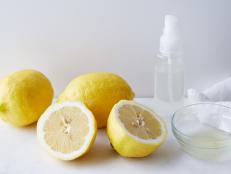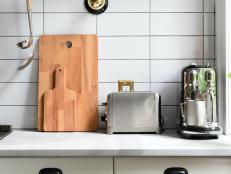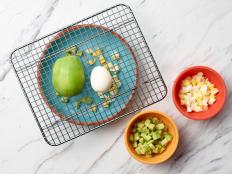1 / 9
Photo: lisaaMC ©
A Clean Sweep
A reusable water bottle. The can opener. The coffeemaker. Some kitchen items — particularly those that don't always seem dirty — are often overlooked when it comes to regular and thorough cleanings. Check out this list of surprising dirt-and-germ hiding spots and find out how to wash them properly.




































